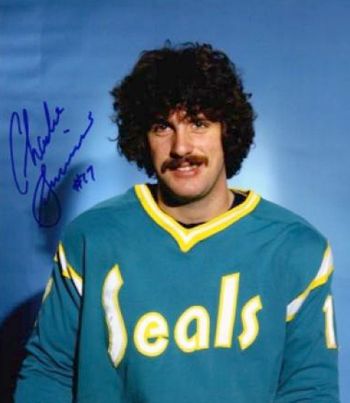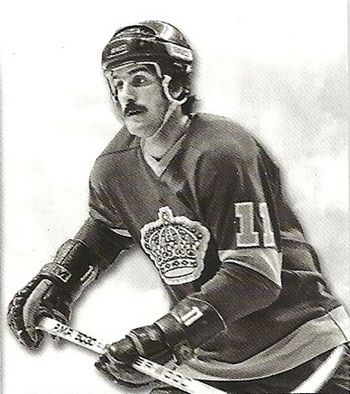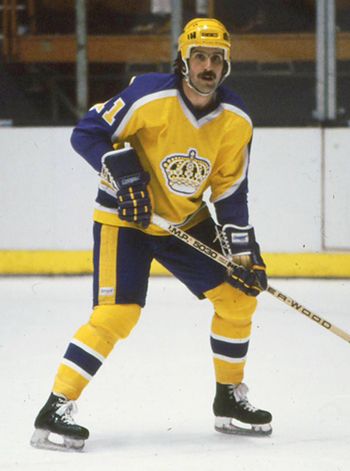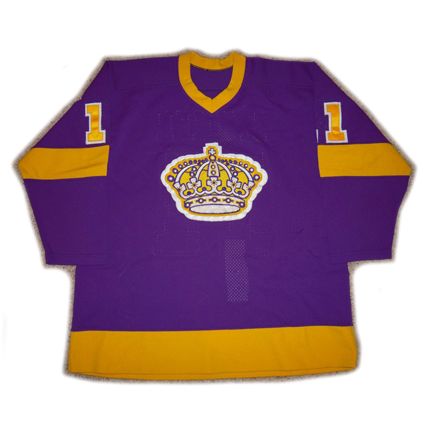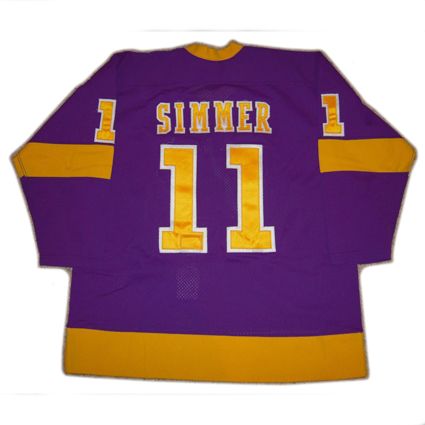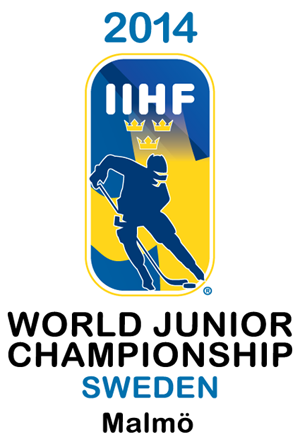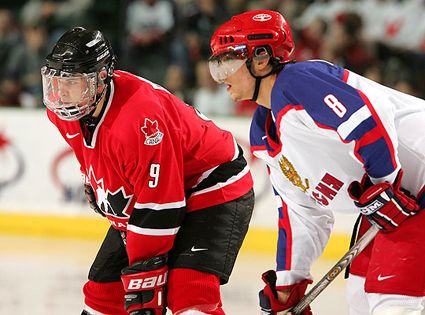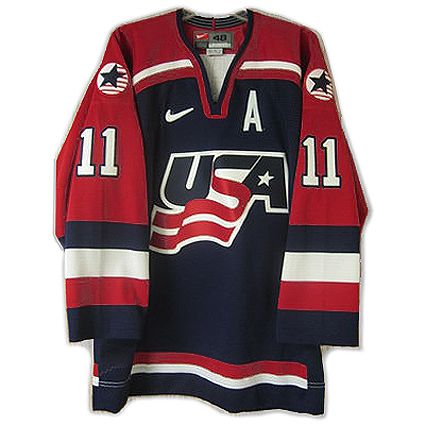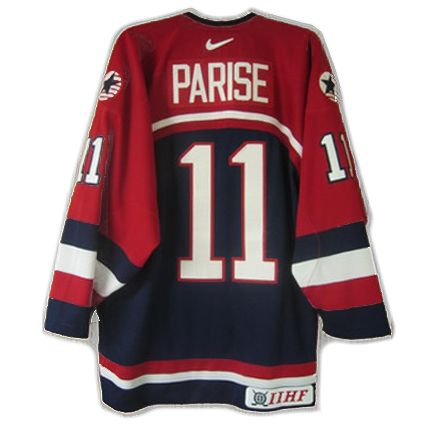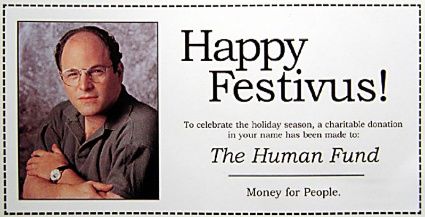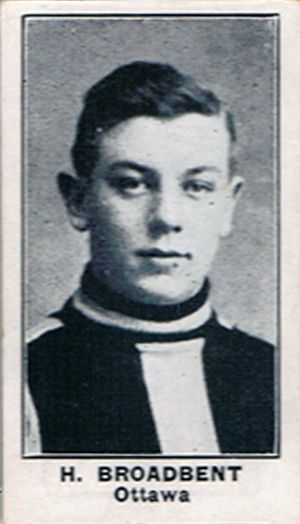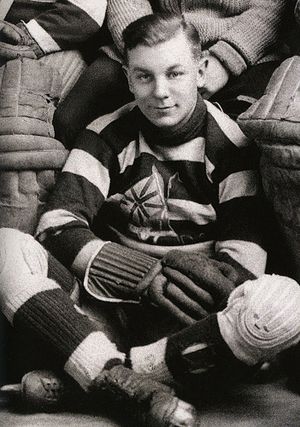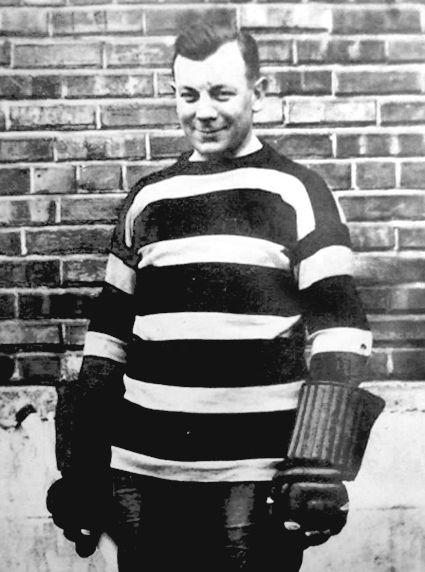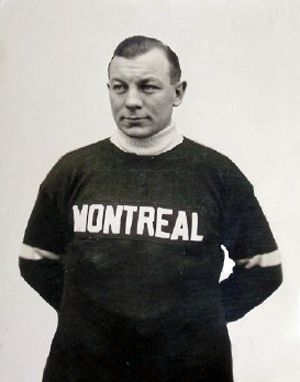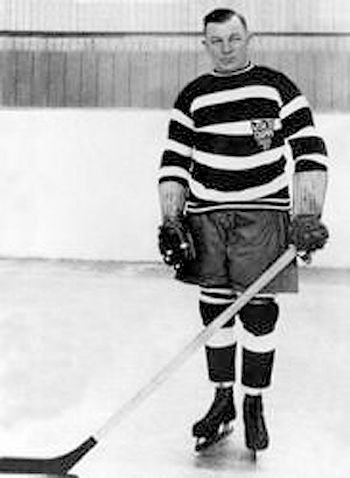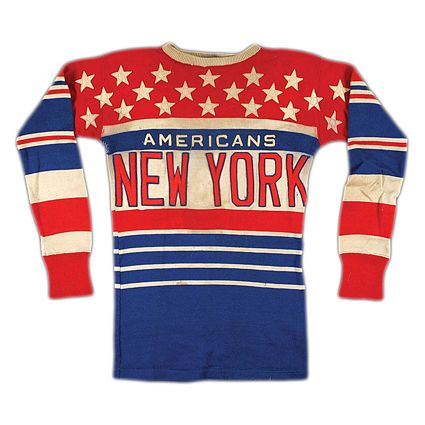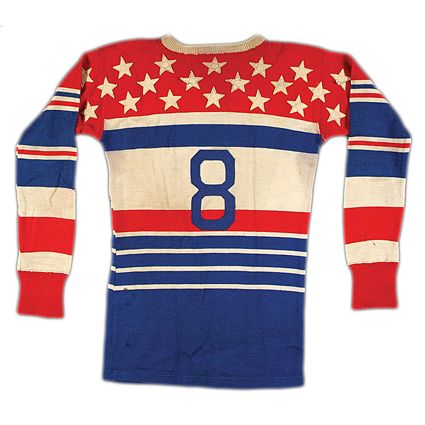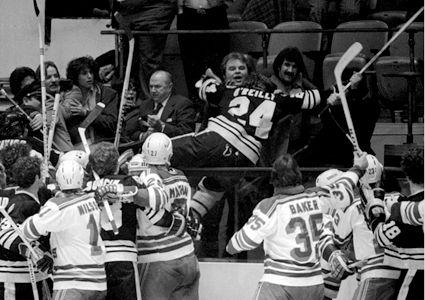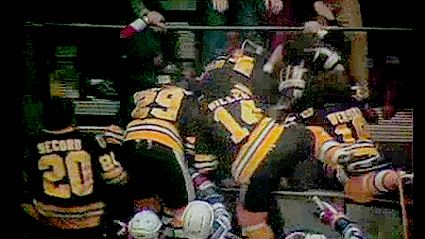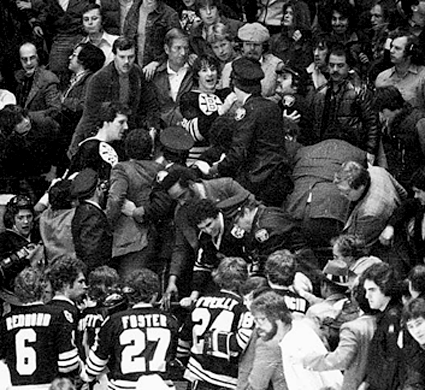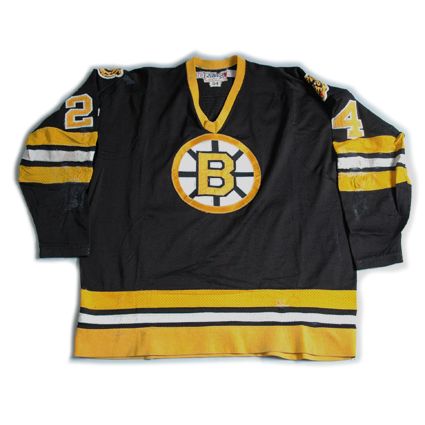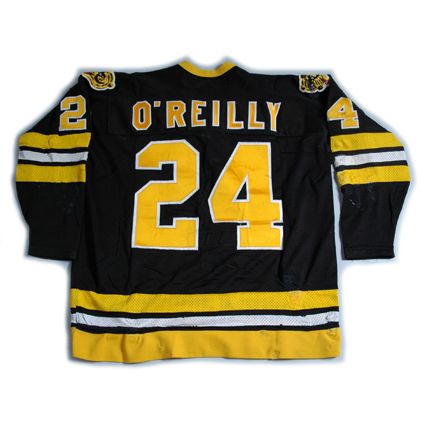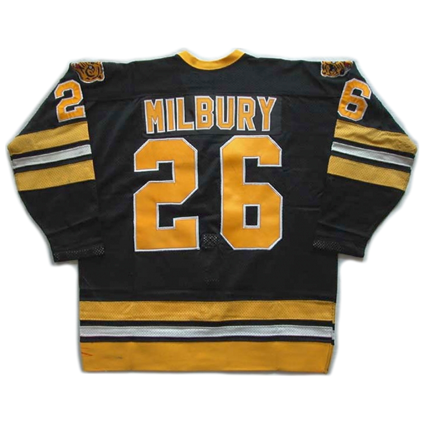In total, Simmer would play 35 games that season with the Golden Seals, scoring 8 goals and 21 points. The next year Simmer again split time between the Seals (21 games, scoring just once) and their top minor league affiliate, the Salt Lake Golden Eagles (42 games, 23 goals and 39 points).
For the 1976-77 season, Simmer again had a productive season for Salt Lake with 32 goals and 62 points in 51 games for the Eagles. He also saw action in 24 games with the parent club, only the Golden Seals had relocated to Ohio where they were now known as the Cleveland Barons.
His career took a new path of sorts when he was traded to the Los Angeles Kings in time for the 1977-78 season, but his return to California was a brief one, as he only played a mere 3 games with the Kings and spent the season with the Springfield Indians of the AHL, where he finished in the top ten in scoring and second in goals with 42.
Simmer played 37 games with the Kings in 1978-79, hitting the 20 goal mark for the first time with 21 after playing the first half of the season with Springfield. He also appeared in a pair of playoff games with the Kings, adding another goal to his total.
For the 1979-80 season, Simmer was now finally established as an NHL regular and on November 24th, he scored his 18th goal of the season with an assist from linemate Dave Taylor. The power play goal at 9:15 of the first period would be the start of one of the longest goal scoring streaks in NHL history.
He then reeled off goals against the Winnipeg Jets on the 27th, opened the scoring on December 1st versus the Chicago Blackhawks with his 20th goal of the season, a power play goal at 10:46 of the first period from Triple Crown Line teammates Taylor and Marcel Dionne before adding a second goal at 1:21 of the second.
The Atlanta Flames surrendered goal number 22 on December 4th before the streak reached five games on the 6th against the Philadelphia Flyers with another goal assisted by Taylor and Dionne.
The streak was barely prolonged when Simmer scored with less than a minute remaining in the game against the Quebec Nordiques on the 9th, his 25th goal of the season. Simmer had a four point night against the Hartford Whalers on December 12th, including a goal 8:22 into the second period.
The Vancouver Canucks were victimized by Simmer on December 15th before he stung the Toronto Maple Leafs for a pair on the 19th, both being power play goals with assists from Butch Goring and Doug Halward to push the streak into double digits at 10.
Goal #30 came on the 20th from the familiar Taylor and Dionne combo.
At home on December 22nd the Kings roared out to a 4-0 first period lead with Simmer assisting on goals by Taylor and later Dionne. The rout continued, along with Simmer's streak, when the deadly Triple Crown Line struck with goals by Simmer at 4:26 and again at 8:43 of the second period. The goal put Simmer into a tie with Cy Denneny of the Ottawa Senators, who had a 12 game goal scoring streak during the 1917-18 season.
Finally, on this date in 1979, Simmer's goal scoring streak reached 13 consecutive games with an even strength goal at 18:43 of the second period, which was followed by his 34th goal of the season, and 17th of his streak with an even strength goal at 12:19 of the third from…Dionne and Taylor of course. By reaching 13 games, Simmer was now tied with Newsy Lalonde of the Montreal Canadiens, who performed the feat in the 1920-21 season.
Simmer was then held scoreless by the Minnesota North Stars, and Simmer's former Seals and Barons teammate, goaltender Gilles Meloche on December 29th, leaving Simmer in third place all-time, just one game back of Joe Malone (14 games in 1917-18) and Punch Broadbent (16 games in 1921-22).
Since the time of Simmer's streak, two other players have taken strong runs at his mark of 13, the Edmonton Oilers Dave Lumley in 1981-82, and the Pittsburgh Penguins Mario Lemieux (1992-93) but both came up short at 12, leaving Simmer with the longest streak in the NHL since 1921, a span of over 90 years.
Simmer would remain prolific for the remainder of the season and finish with 56 goals, tied for the league lead with two others. The following season of 1980-81, Simmer would again tally 56 goals, which would remain his career high.
He would play four more seasons with Los Angeles before being dealt to Boston for three seasons. His career would conclude with one season with the Penguins, a year in Germany playing for the Frankfurt Lions in 1988-89 and 43 games with the San Diego Gulls of the IHL in 1990-91 and a single game with the Gulls in 1991-92 closing the book on his playing days.
Simmer would finish with 712 NHL games, 342 goals and 711 points. Additionally, he would win the Masterton Trophy in 1986.
Today's featured jersey is a 1979-80 Los Angeles Kings Charlie Simmer jersey as worn during his impressive goal scoring streak that season.
This was the second season the Kings wore names on the backs of this style road jersey, which was introduced back in 1967 with one color gold numbers. One season later they introduced a bolder font for the numbers, now outlined in white which remained in use for the remainder of the life of this style jersey through 1978-79, the year the names were first added.

